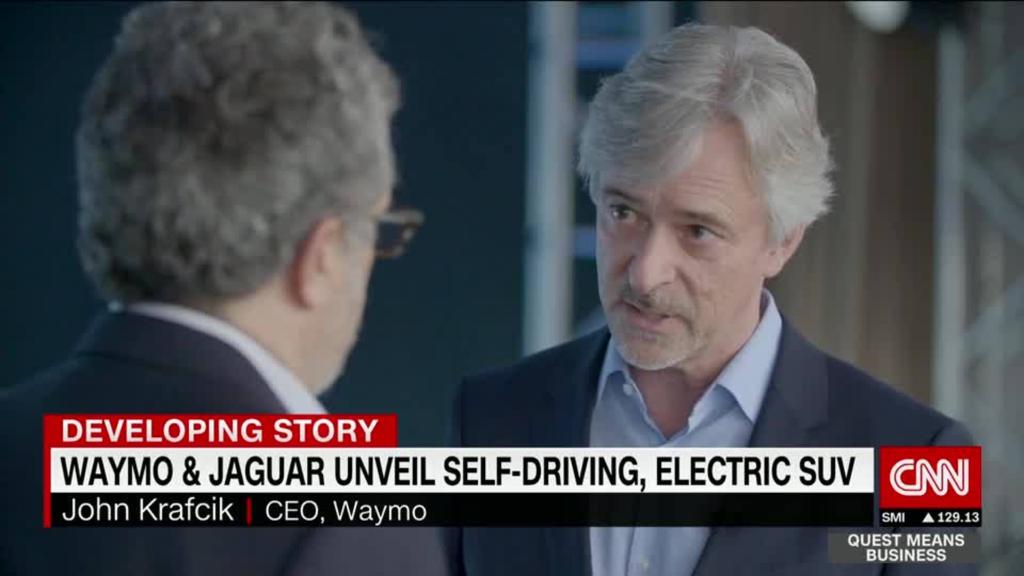
The person behind the wheel of the Uber self-driving Volvo SUV that struck and killed a woman in Arizona was likely streaming "The Voice" on a cellphone at the time of the incident.
The Tempe Police Department released a 318-page document late Thursday that sheds new light on what likely happened when the vehicle hit pedestrian Elaine Herzberg, 49, in March as she walked a bicycle across a road in Tempe. According to an analysis of the incident, police said "the crash was deemed entirely avoidable."
The test driver, Rafaela Vasquez, who was hired by Uber to sit behind the wheel and take over in case of emergencies, had both personal and business phones in the car at the time of the crash. Tempe Police Department's investigation requested data from Hulu, YouTube and Netflix as part of its investigation. The apps were found on one or both of Vasquez's phones.
According to data provided by Hulu, the driver was streaming NBC's popular show "The Voice" on the Hulu app for about 40 minutes. The end time coincides with the crash. Netflix and YouTube reportedly weren't in use.
Related: Uber shuts down self-driving operations in Arizona
During nine video segments obtained from the vehicle's dashcam, Vasquez looked down 204 times. The report states each of those times had "the same eye placement at the lower center console near the area of her right knee."
Vasquez's eyes were averted for a total of more than six minutes, or 3.67 miles out of 11.8 miles traveled during the trip. Vasquez had previously told National Transportation Safety Board investigators in a post-crash interview that the phones weren't in use.
Vasquez could face charges for vehicular manslaughter, according to Tempe Police Department.
Vasquez could not immediately be reached for comment.
Uber said it is cooperating with ongoing investigations and conducting its own internal safety review.
"We have a strict policy prohibiting mobile device usage for anyone operating our self-driving vehicles. We plan to share more on the changes we'll make to our program soon," according to an Uber spokesperson
The spokesperson added that any physical mobile device usage while the vehicle is on the road is a fireable offense.
The crash was a major setback for Uber's self-driving car operation. In May, Uber said it was ending self-driving car testing in Arizona and laying off 300 Uber workers. The company said it would focus on its autonomous vehicle efforts in San Francisco and Pittsburgh.
This is the latest development in the ongoing investigation into the fatal crash. In May, the National Transportation Safety Board determined Uber's self-driving car accurately identified Herzberg, but Uber had turned off the vehicle's automatic emergency braking, so the SUV did not attempt to brake. The feature was disabled to reduce the potential for unwanted braking, such as for a plastic bag in the road.
Earlier this year, Uber said it employs about 400 human safety drivers like Vasquez across various cities.
CNNMoney's Matt McFarland contributed to this report

